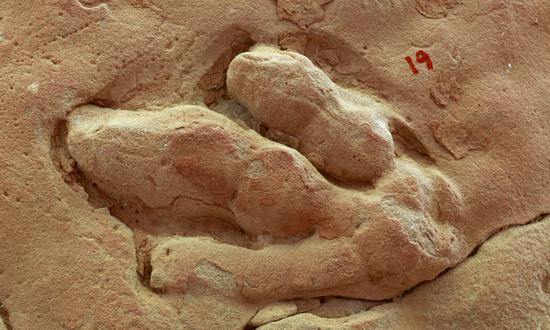
Promotional material about the dinosaur footprints found in Wulan town, Jingyuan county, Northwest China's Gansu Province. (Photo/Courtesy of Xing Lida)
A group of Chinese experts announced on Monday the discovery of a remarkable collection of dinosaur footprints in Wulan town, Jingyuan county, Northwest China's Gansu Province, dating back 130 million to 120 million years. These tracks belong to the Grallator ssatoi, a theropod from the Cretaceous period, and are among the best-preserved sets of theropod dinosaur footprints found in the province. The discovery marked Wulan town as the fifth footprint-rich area within the Cretaceous Hekou Group, according to a press release one dinosaur expert sent to the Global Times on Sunday.
Chinese dinosaur expert Xing Lida shared with the Global Times that the footprints were noted by a 13-year-old Chinese girl in 2006, who later reported them to the local cultural relics bureau in 2020 after its scientific significance was verified. Chinese scholars examined the site in June 2023 and started a research project.
The footprint site, located on a cliff, covers an area of about 6.2 square meters. The dinosaur tracks are all tridactyl, with at least 67 prints, ranging from 11 to 21 centimeters in length. They lack the first toe and tail impressions, and the wide interdigital angles between the second and fourth toes are characteristic of the Grallator ssatoi found commonly in China's Jurassic-Cretaceous period.
The dense concentration of footprints provides insights into the possible behaviors of the trackmakers. Studies suggest that some groups of small bipedal dinosaurs exhibited gregarious behavior. The similarly sized tracks form 12 trackways, some of which are parallel and move in the same direction.
Simulations using reconstructed outlines based on Allosaurus data indicate that these theropods moved in a relatively dense formation, with individuals staying close to each other, likely to reduce the risk of predation and decrease individual vigilance.
"These well-preserved tracks not only provide new evidence for the widespread distribution of Grallator ssatoi in China's Lower Cretaceous but also offer valuable clues for understanding their track morphology and behavior, holding significant scientific and educational value," said Xing.
The research findings have been published in the academic journal Historical Biology.












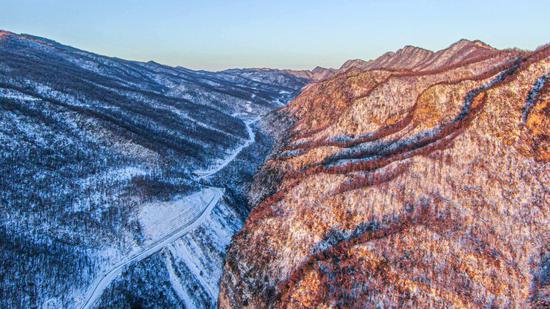










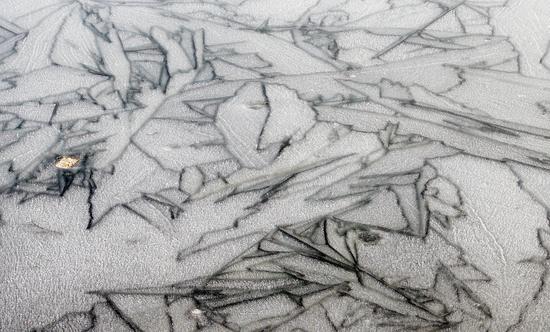



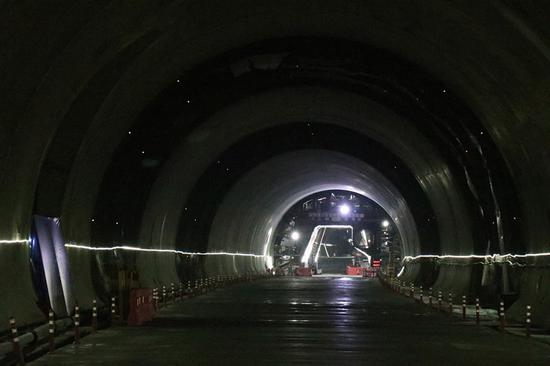
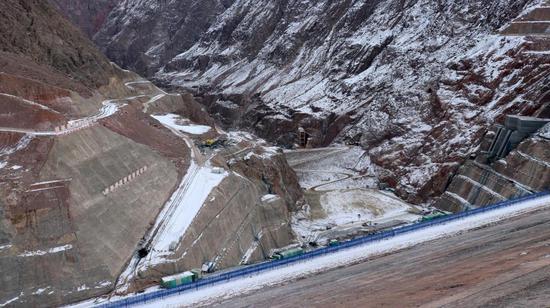



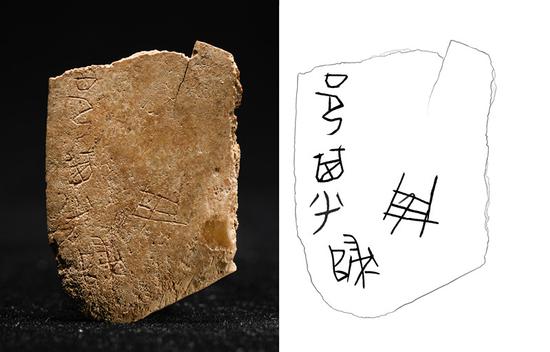

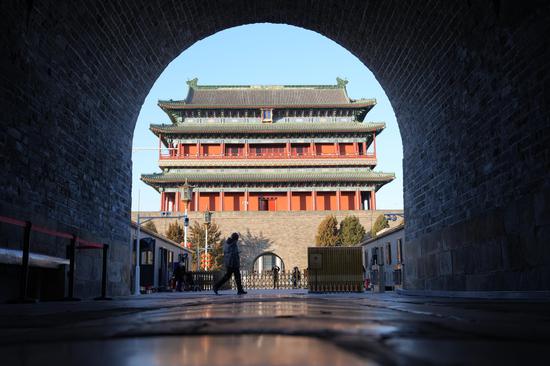


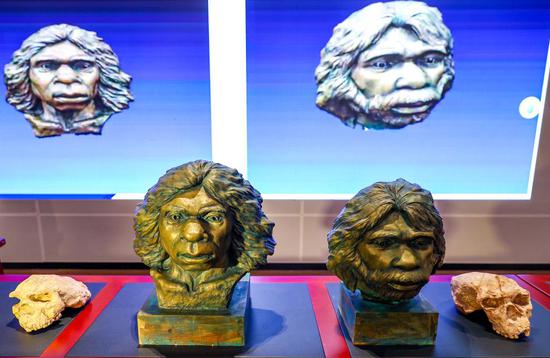

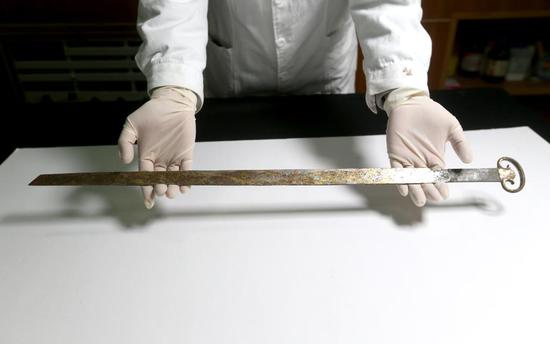










 京公網安備 11010202009201號
京公網安備 11010202009201號